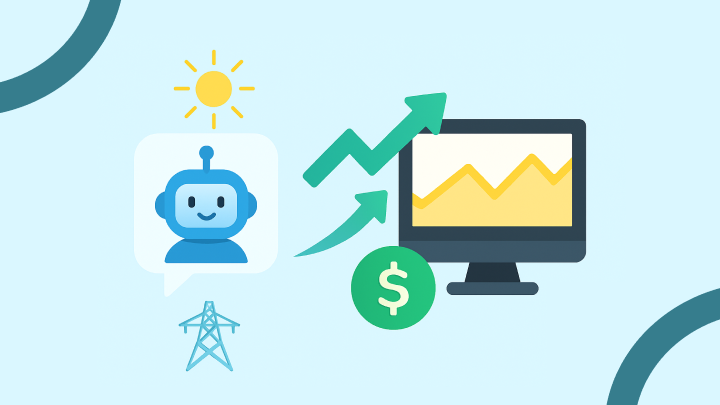

Over the past year, the tone of conversations in trading desks has shifted. Nobody is asking what AI is anymore. The real question is whether AI earns its place in energy markets where timing and context decide outcomes.
Traders are not looking for novelty. They are looking for an edge they can measure. In markets where a price swing can be triggered by a regulator’s bulletin, a sudden plant outage, or a weather pattern forming halfway across the world, the advantage belongs to whoever reacts first with confidence.
AI’s most significant impact so far is not in replacing human decision-making but in expanding coverage and improving energy market analysis. Instead of a few analysts monitoring a short list of sources, desks can now track hundreds of public, proprietary, and local-language news sources and have the agent flag what matters most.
The best setups don’t just alert; they contextualise, cutting through the noise so a trader sees the signal and knows why it matters, all in the same moment.
This is the real role of market intelligence. It’s not about collecting more data; it’s about delivering the right signal at the right moment, without slowing down the decision.
Replacing entire Energy Trading and Risk Management (ETRM) or Commodity Trading and Risk Management (CTRM) systems is not the norm. The most successful AI trading desk tools are focused and precise.
AI is tuned to a shortlist of high-value feeds such as grid updates, regulator bulletins, weather models, and market news. It refreshes every few minutes instead of every few hours.
When a critical market-moving event unfolds, the agent delivers the insight directly into the trader’s existing environment such as an inbox, chat channel, or trusted dashboard. Pre-market and pre-close updates create a steady rhythm. Early warning signals cut through everything else, surfacing only what truly moves the market.
In energy trading, adoption sticks when there is a measurable payoff. The desks that get it right follow a few proven patterns.
We saw this in action when a customers’ trading desk captured a $250,000 gain in a single decision after our AI agents flagged a pipeline disruption ahead of the broader market. The result was immediate, quantifiable, and strong enough to move the solution from trial to everyday use.
Energy trading has always been part art and part science. AI will not replace judgment, but it is changing the conditions in which judgment is made.
The trading desks that benefit most from AI are not chasing every possible datapoint. They are building the fastest and cleanest line between critical signals and the trades that matter.
When that line is in place, you stop talking about AI. You just trade.
Q: Which energy markets benefit most from AI in trading
A: AI adoption is accelerating in power and utilities, oil and gas, renewables, and mining and metals. Markets with high volatility and multiple external drivers, such as intraday power and weather-sensitive commodities, see the fastest returns from AI in power trading and AI in renewable energy trading.
Q: How can trading teams trust AI-generated market insights
A: Trust comes from transparency. Every AI market alert should include the original source, relevant context, and links to supporting data. This makes it easy for traders to validate insights before executing a trade, improving confidence in AI transparency in trading.
Q: Can small and mid-sized energy trading firms use AI effectively
A: Yes. AI for small energy traders, utilities, and renewable developers is now accessible through AI Agents that integrate with existing systems and workflows. Smaller teams often adapt faster because they can deploy and benefit from these capabilities without being slowed down by old processes and tools.
Get real-time market intelligence tailored to your trading desk. Book a Demo to see how AI can deliver signals with context in seconds.